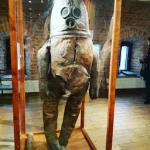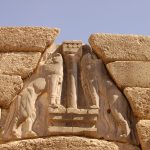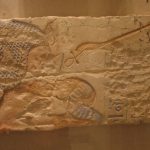An in-depth analysis of “The Green Man”: Early Gothic artwork from the 1200s AD in the Bamberg Cathedral in Germany

Nestled amidst the picturesque landscape of Bamberg, Germany, stands the magnificent Bamberg Cathedral, a testament to the rich architectural heritage of Europe. Within the hallowed halls of this ancient edifice lies a hidden gem of medieval artistry—an enigmatic figure known as “The Green Man.” Dating back to the 1200s AD and representing the early Gothic period, this close detail offers a captivating glimpse into the mystical and symbolic world of medieval craftsmanship.
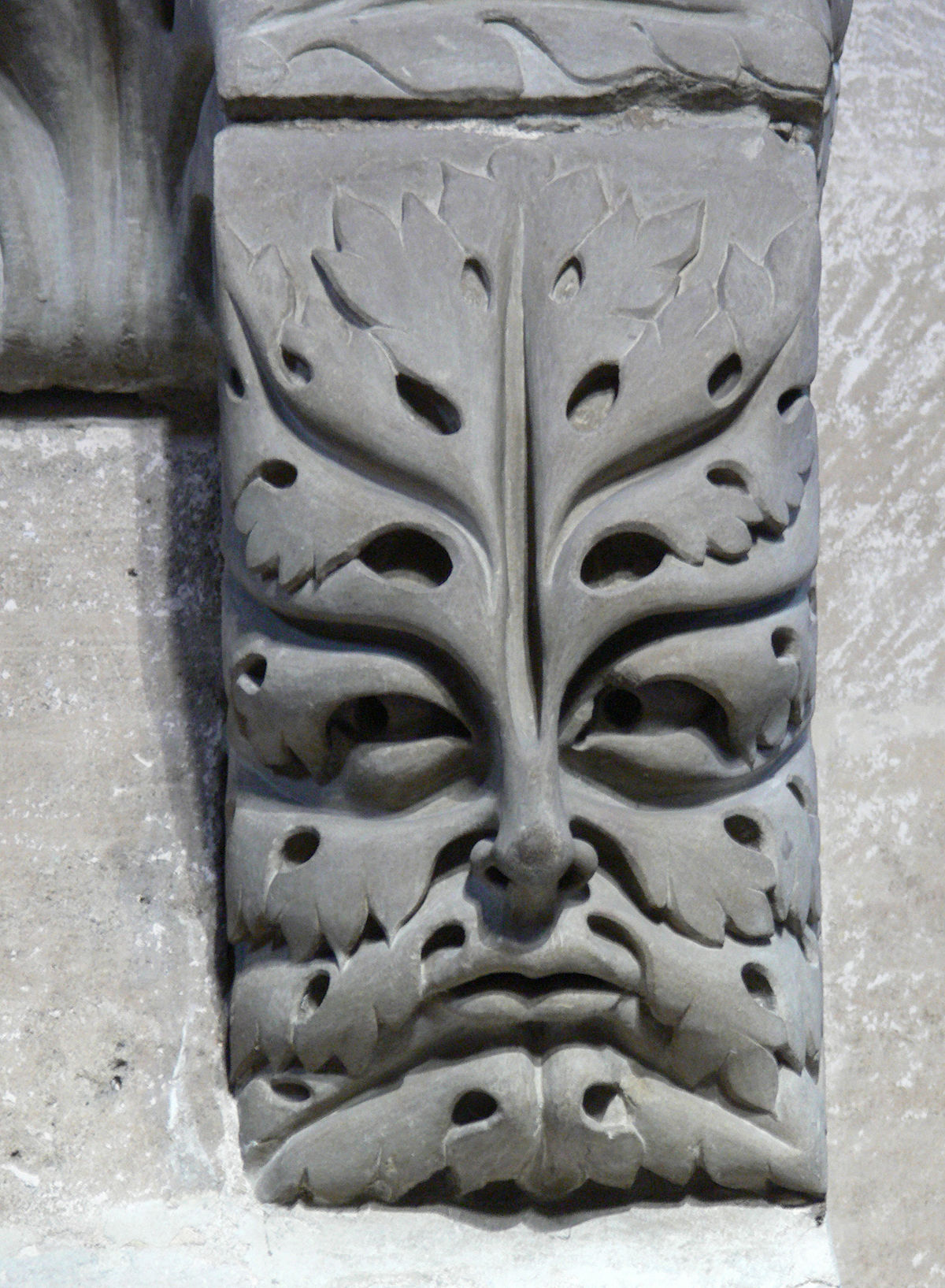
The Green Man, shrouded in mystery and intrigue, is a recurring motif in medieval art and architecture, often depicted as a face surrounded by foliage and vegetation. In Bamberg Cathedral, this ancient symbol takes on a unique form, intricately carved into the stone walls of the sacred structure. The close detail of The Green Man, with its verdant visage and enigmatic expression, beckons viewers to ponder its significance and unravel its secrets.
As we examine this close detail of The Green Man, we are transported back in time to the medieval era—a time of faith, superstition, and spiritual fervor. In medieval Europe, the natural world was imbued with symbolic meaning, and The Green Man served as a potent symbol of fertility, rebirth, and the eternal cycle of life. His leafy visage evoked the vitality and fecundity of the natural world, while his mysterious gaze hinted at deeper, esoteric truths.
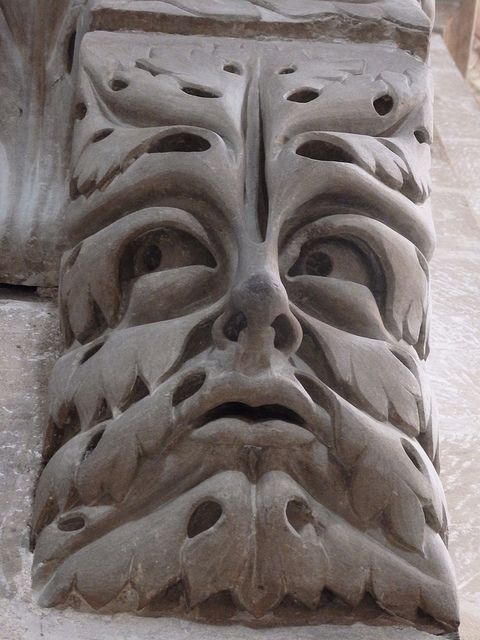
The early Gothic period, characterized by soaring arches, delicate tracery, and intricate stonework, witnessed a flowering of artistic expression in Europe. Bamberg Cathedral, with its towering spires and majestic nave, stands as a testament to the architectural and artistic achievements of this era. The close detail of The Green Man, nestled amidst the intricate carvings of the cathedral’s façade, reflects the ethos of the Gothic aesthetic—a harmonious blend of spirituality and earthly beauty.
But who was The Green Man, and what was his significance to the medieval mind? Some scholars have interpreted him as a pagan fertility deity, worshipped by ancient cultures long before the advent of Christianity. Others see him as a Christian symbol, representing the verdant vitality of the natural world as a manifestation of divine creation. Whatever his origins, The Green Man continues to fascinate and intrigue, inviting us to delve deeper into the mysteries of the medieval imagination.
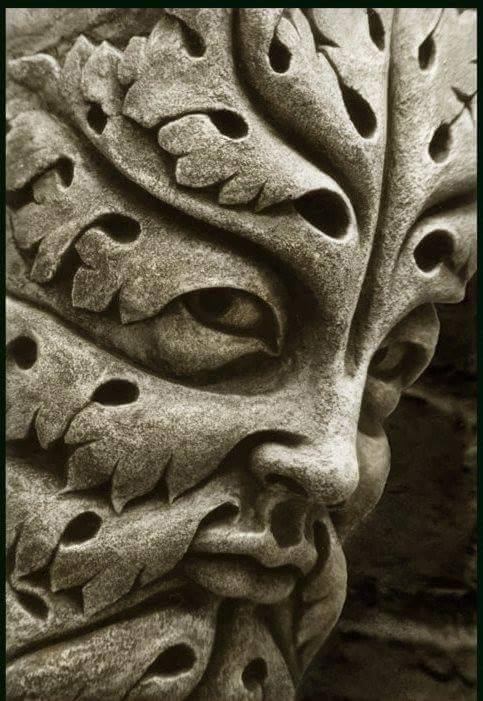
As we contemplate the close detail of The Green Man in Bamberg Cathedral, we are reminded of the enduring power of art to transcend time and space. Across the centuries, The Green Man has stood as a symbol of nature’s resilience and the eternal cycle of life, inspiring wonder and awe in all who behold him. In Bamberg Cathedral, amidst the soaring arches and flickering candlelight, he continues to whisper his secrets to those who have ears to hear.
In conclusion, the close detail of The Green Man in Bamberg Cathedral offers a captivating glimpse into the world of medieval art and spirituality. With its intricate carvings and mysterious symbolism, it invites us to contemplate the timeless mysteries of nature, faith, and the human soul. As we stand in awe before this ancient masterpiece, we are reminded of the enduring legacy of the medieval artisans who carved it, and the profound beauty of the world they sought to capture in stone.




